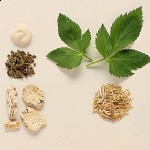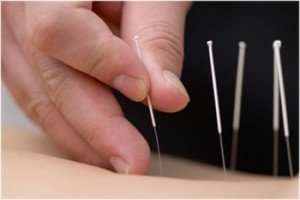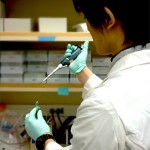 The Struthers Parkinson’s Center in Minneapolis teaches a form of Tai Chi and both The Cleveland Clinic and the Stanford School of Medicine recommend Tai Chi for Parkinson’s sufferers. This healing art, or should I say Chinese medicine, developed over a 1000 years ago are a series of slow, flowing movements that can help maintain flexibility, balance and coordination.
The Struthers Parkinson’s Center in Minneapolis teaches a form of Tai Chi and both The Cleveland Clinic and the Stanford School of Medicine recommend Tai Chi for Parkinson’s sufferers. This healing art, or should I say Chinese medicine, developed over a 1000 years ago are a series of slow, flowing movements that can help maintain flexibility, balance and coordination. Use it, Don’t Lose it! Tai Chi benefits Parkinson’s
 The Struthers Parkinson’s Center in Minneapolis teaches a form of Tai Chi and both The Cleveland Clinic and the Stanford School of Medicine recommend Tai Chi for Parkinson’s sufferers. This healing art, or should I say Chinese medicine, developed over a 1000 years ago are a series of slow, flowing movements that can help maintain flexibility, balance and coordination.
The Struthers Parkinson’s Center in Minneapolis teaches a form of Tai Chi and both The Cleveland Clinic and the Stanford School of Medicine recommend Tai Chi for Parkinson’s sufferers. This healing art, or should I say Chinese medicine, developed over a 1000 years ago are a series of slow, flowing movements that can help maintain flexibility, balance and coordination. 
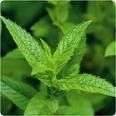
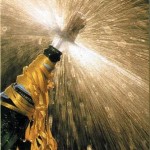
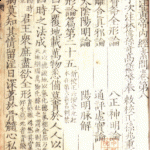
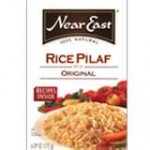
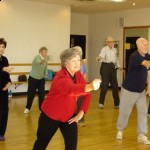 The American Academy of Otolaryngology – Head and Neck Surgery Foundation (AAO-HNSF) says Tai Chi can help your dizziness and balance disorders. Tai chi is a form of Chinese martial arts often practiced for its health benefits. Practiced widely in Asia it can be an effective treatment option for patients who suffer from dizziness and vestibular disorders.
The American Academy of Otolaryngology – Head and Neck Surgery Foundation (AAO-HNSF) says Tai Chi can help your dizziness and balance disorders. Tai chi is a form of Chinese martial arts often practiced for its health benefits. Practiced widely in Asia it can be an effective treatment option for patients who suffer from dizziness and vestibular disorders. 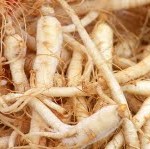 Ever since Dr. Oz’s interview in Esquire magazine (Dec. 09) I’ve been fielding a phethera of questions on ginseng. Thanks Dr. Oz, I’m always happy to talk about the Chinese herbs I love. It’s an added bonus that the best American Ginseng is actually grown in Wisconsin, my old stomping grounds. I also love to buy American whenever possible.
Ever since Dr. Oz’s interview in Esquire magazine (Dec. 09) I’ve been fielding a phethera of questions on ginseng. Thanks Dr. Oz, I’m always happy to talk about the Chinese herbs I love. It’s an added bonus that the best American Ginseng is actually grown in Wisconsin, my old stomping grounds. I also love to buy American whenever possible.
